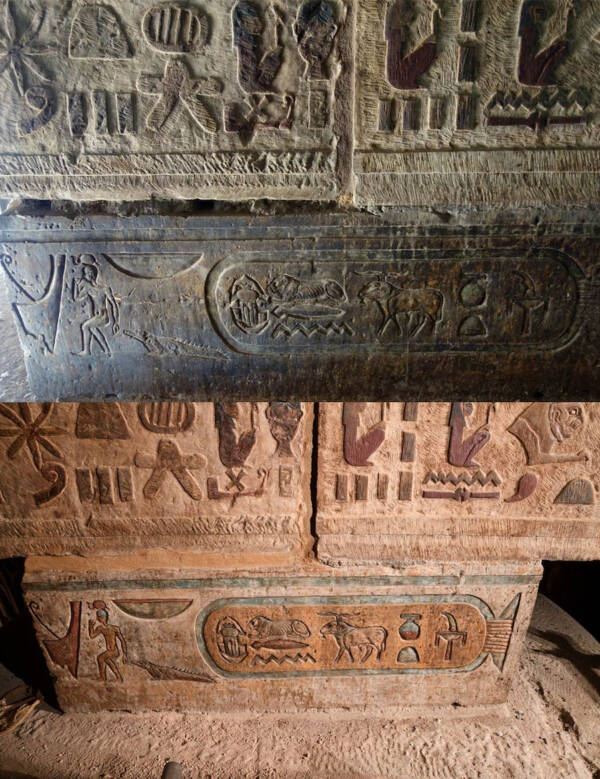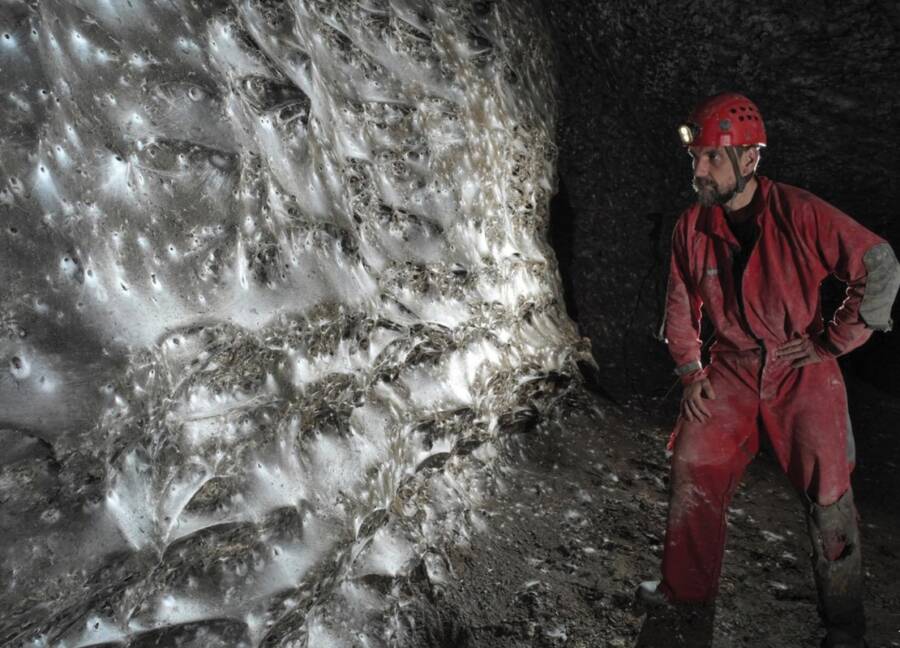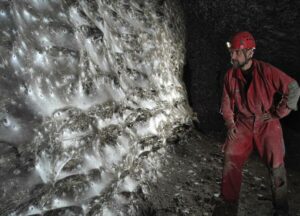“Discover the Secrets of Time: How Archaeologists Brought a 2,000-Year-Old Egyptian Temple Back to Life!”
Ever look up at the night sky and wonder what ancient folks named those twinkling stars? Well, it turns out the secrets of the cosmos were scribbled long ago on the walls of Egypt’s Esna Temple! After years of being cloaked in layers of dirt and neglect, a passionate restoration project has unearthed vibrant illustrations and long-lost inscriptions, including the actual names of ancient Egyptian constellations. How about that — we’re finally getting a peek into an astronomical lexicon that’s been hidden for over 2,000 years! This fascinating discovery not only reveals the rich history of celestial navigation in ancient times but also poses an intriguing question: What other mysteries could be waiting to be uncovered beneath the sands of time? Buckle up, because this journey through history is just getting started. For more exciting details on this ancient treasure trove, LEARN MORE.
The colorful night sky illustrations were accompanied by newfound inscriptions that reveal the ancient Egyptian names for the constellations.

University of TübingenThe ancient vestibule of Esna Temple on the west bank of the Nile River is located about 35 miles south of Luxor.
Rediscovered some 200 years ago, the ancient Egyptian temple of Esna has held 2,000-year-old secrets in its walls that are just now seeing the light of day. Thanks to an ambitious restoration project launched in 2018, hundreds of hidden inscriptions, paintings, and illustrated constellations have been found.
According to Ancient Origins, the remarkably well-preserved artwork and inscriptions had previously been covered by layers of earth, soot, and compacted bird droppings. Christian Leitz, professor of Egyptology at the Institute for Ancient Near Eastern Studies at the University of Tübingen, spearheaded the successful cleanup.
Alongside experts from the Egyptian Ministry of Tourism and Antiquities, the resourceful team has spent the last two years uncovering, preserving, and documenting these layers of paint. According to Phys, some of the inscriptions have officially revealed the ancient Egyptian names of certain constellations for the first time.
French Egyptologist Serge Sauneron led Esna’s excavation in the mid-1900s. While he recognized how invaluable these inscriptions were and published his findings in full, he never saw the full picture. Now officially restored to their original colors with layers of dirt removed, historians are reassessing them entirely.

University of TübingenHundreds of inscriptions and illustrations were properly documented for the first time, with rigorous restoration revealing vibrant paint hidden beneath layers of dirt.
“The hieroglyphics that Sauneron explored were often only very roughly chiseled out, the details only applied by painting them in color,” said Leitz. “This means that only preliminary versions of the inscriptions had been researched. Only now do we get a picture of the final version.”
This resourceful team of 15 threw caution to the wind and tirelessly continued their work despite lockdowns due to the global coronavirus pandemic. Every inch of the colorful sandstone structure, which is 121 feet long and 65 feet wide — and nearly 50 feet high — has since been carefully documented.
While only the Esna Temple’s vestibule (or pronaos) remains, the structure has remained intact for millennia. This is likely due to the fact that it was situated in front of the actual temple building, under the direction of Roman Emperor Claudius (who reigned from 41 to 54 A.D.) and had thus been shielded from the elements.
Leitz and his colleagues believe that these elaborate inscriptions and decorative relief work probably took up to 200 years to complete. Fortunately, the temple is not only famous for its extremely high ceiling and the inscription work upon it, but is considered to hold the most recently-discovered coherent hieroglyphic texts of its era.
“They were previously undetected under the soot and are now being exposed piece by piece,” said Leitz. “Here we have found, for example, the names of ancient Egyptian constellations, which were previously completely unknown.”

University of TübingenThe upper image depicts a soot and earth-covered wall, as Serge Sauneron encountered it more than half a century ago. The bottom image depicts that same wall after the recent restoration.
Ancient Egyptian architects often included what they believed were universal numbers in their work. From the angles and ratios to the proportions and measurements of architectural features, these “magic numbers” correlated to the culture’s belief system. This makes the Esna vestibule all the more curious.
While it contains 24 gigantic support columns to hold up the ceiling, only the capitals of the 18 free-standing columns are decorated with varying plant motifs. For University of Tübingen Egyptologist Daniel von Recklinghausen, this has proffered a mystery yet to be solved.
“In Egyptian temple architecture this is an absolute exception,” he said.
The site’s preservation was likely supported by its location. Situated in the middle of the city center, officials were likely hesitant to use it as a quarry for building materials like many others were during the industrialization of Egypt. Instead, the temple had simply become a part of an increasingly modern city.

















